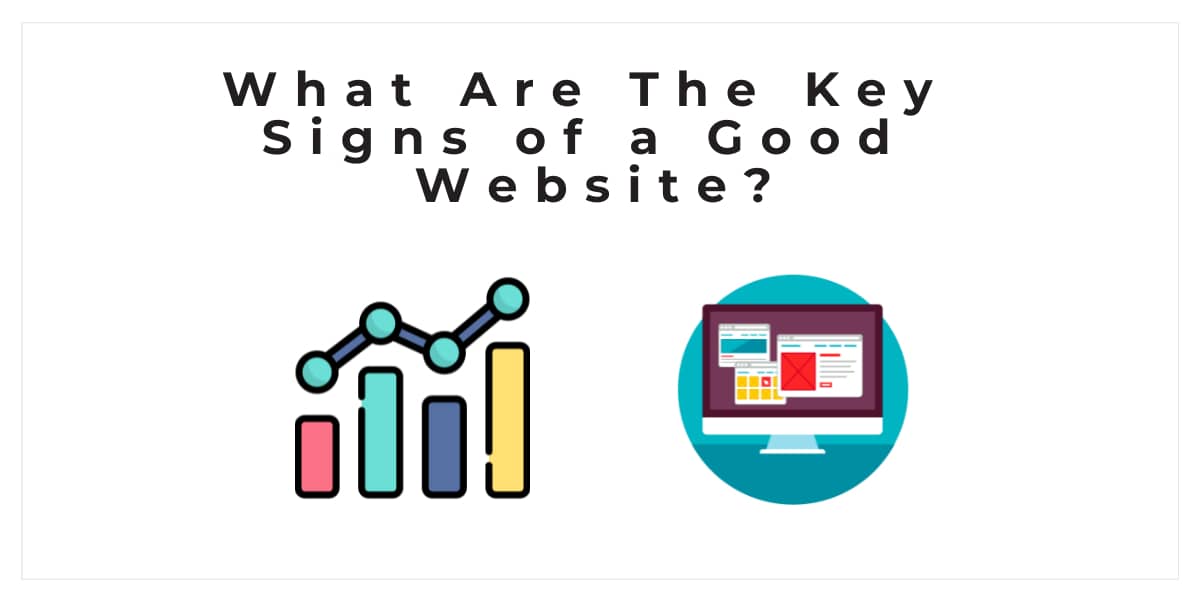Creating a website that stands out and is classed as ‘good’ is easier said than done. Building a website is a difficult task though, and by doing so you enter a competitive market where it can be tough to know where you stand.
There are a reported 1.88 billion websites out there, showing that competition is plentiful and this is only going to get more intense as the world shifts to digital and online.
If you have a website you should look at the key aspects of its functions to know whether your website is operating well and staying ahead of the competition. Here are the key signs of your website to know it is performing well:
It is Still Being Updated
A good website will be regularly updated with fresh content, ensuring that users have a reason to come back and visit the site. This could include news articles, blog posts, and other types of content that keep the site current and relevant. It can even mean the website admin will convert WordPress to HTML, this is still a sign that the website is alive and functioning.
If a website does not post regular content or update its web pages regularly, this is a key sign of a dead website and Google will take note, dropping the ranking of this website so fewer visitors see it.
The Content is Clear
A good website will have clear and concise content that is easy to read and understand. The text should be organized logically, with headings and subheadings used to break up the content and help guide the reader through the page.
When you read the articles, and webpages or even watch the multimedia content, everything works well and is easily digestible - a website that has a lot of jargon or nonsense in its blog posts of written content can be incredibly detrimental to SEO rankings.
The Design is Responsive.
A strong website will be designed to work seamlessly on multiple devices, including laptops, tablets, and smartphones. This is known as responsive design. A responsive approach for every device ensures that the website automatically adjusts its layout to fit the screen size and resolution, providing an optimal viewing experience for users.
You have to remember that a huge amount of people do more browsing on their mobile than they do on their PC - making sure your website design is optimized for mobile is crucial to keeping it a strong, solid website.
It is Easy to Navigate
A good website will have a clear and intuitive navigation menu that makes it easy for users to find the information they are looking for. The menu should be prominently displayed and easy to use, with drop-down menus and other features to help guide the user to the desired content.
Creating a sleek navigation menu and ensuring that internal linking is strong will make sure visitors not only come to your website but will also stay on it for an extended period, thanks to a great user experience.
The Website Loads Fast
Nobody likes to wait for a website to load, and a slow loading speed can be a major turn-off for users. A good website will be optimized for fast loading speed, ensuring that pages load quickly and efficiently. This can be achieved through various techniques, such as optimizing images and using a content delivery network (CDN).
More worryingly, if a website loads slowly, Google will take note. This means that they will drive visitors away by dropping the website down the ranking, so you should always be looking at how your web pages and content load and see how you consistently level this up.
It is Easy On The Eye
By having an attractive design that is visually appealing and easy on the eyes, a website will perform better than its competitors by keeping visitors. The design should be cohesive, with a consistent color scheme and layout throughout the site. It should also be easy to read, with sufficient contrast between the text and background colors.
You can hire freelancers from Upwork and Fiverr to create a website that is designed to be modern and quirky that keep you standing out from the other websites in your niche or industry.
It is Secure
A good website will take security seriously, using measures such as SSL encryption to protect user data and prevent hacks. It is also important for a website to have a clear and transparent privacy policy, outlining how user data is collected and used.
You can know a website is secure through HTTPS at the start of the URL - this is a key sign that a website is strong-performing.
A website should aim to have clear content, easy navigation methods, mobile-friendliness, and a fast loading speed to be successful, as well as being secure to keep visitors safe and make sure they come back.
By focusing on these key signs, you can ensure whether a website is good or bad and look to improve the features and content around it in order to elevate it to the next level.








